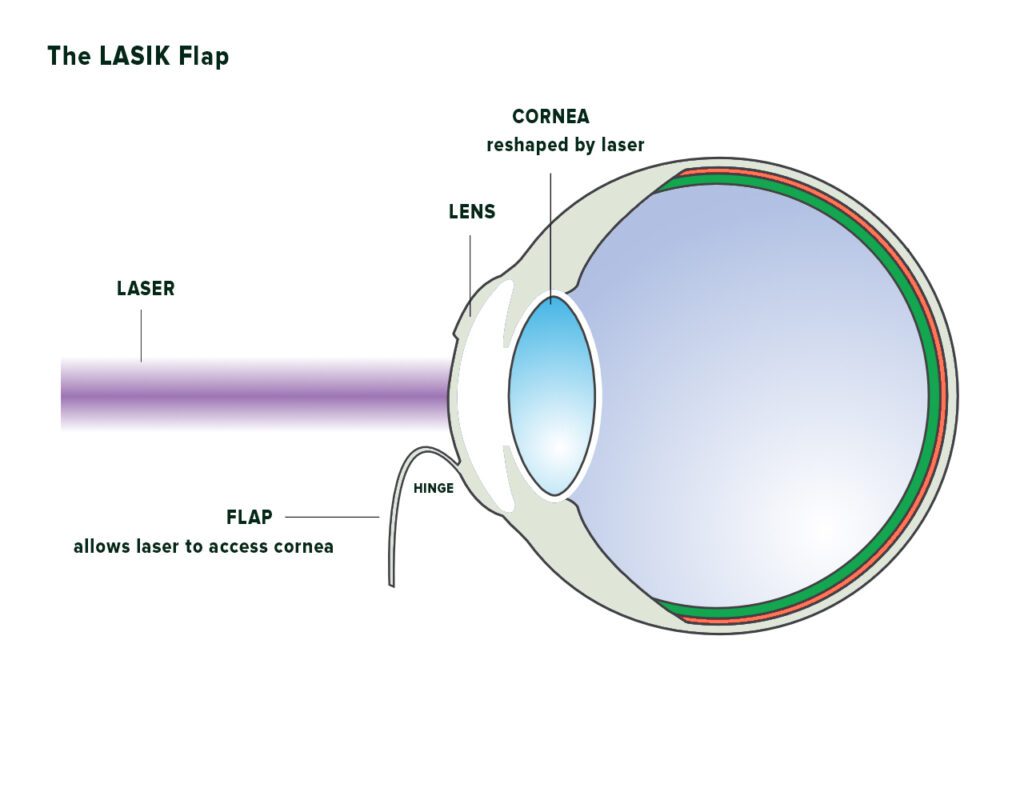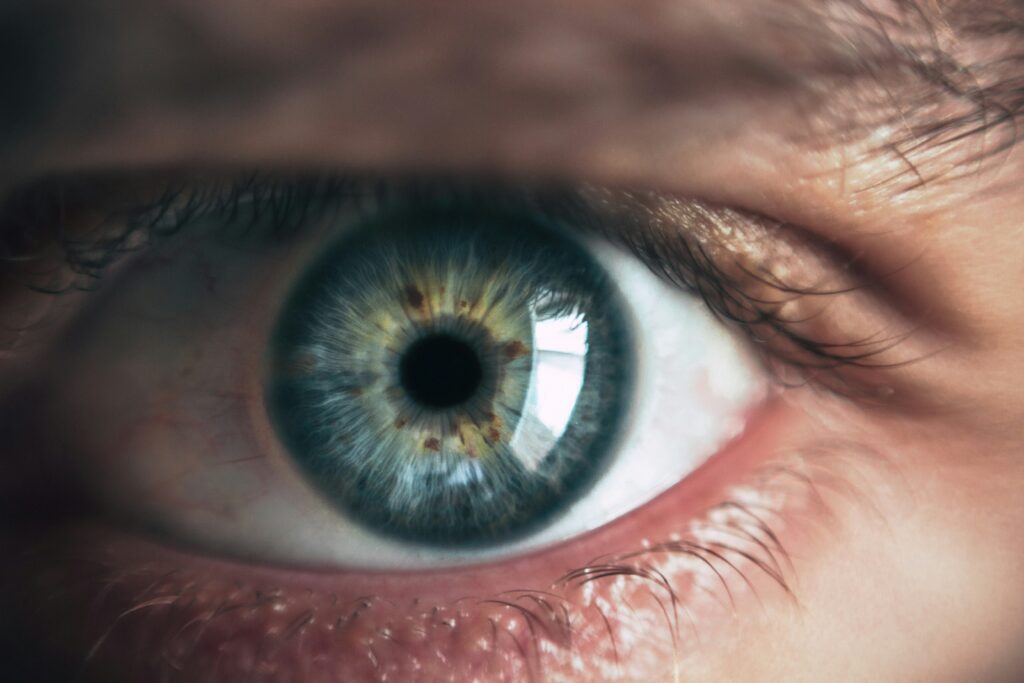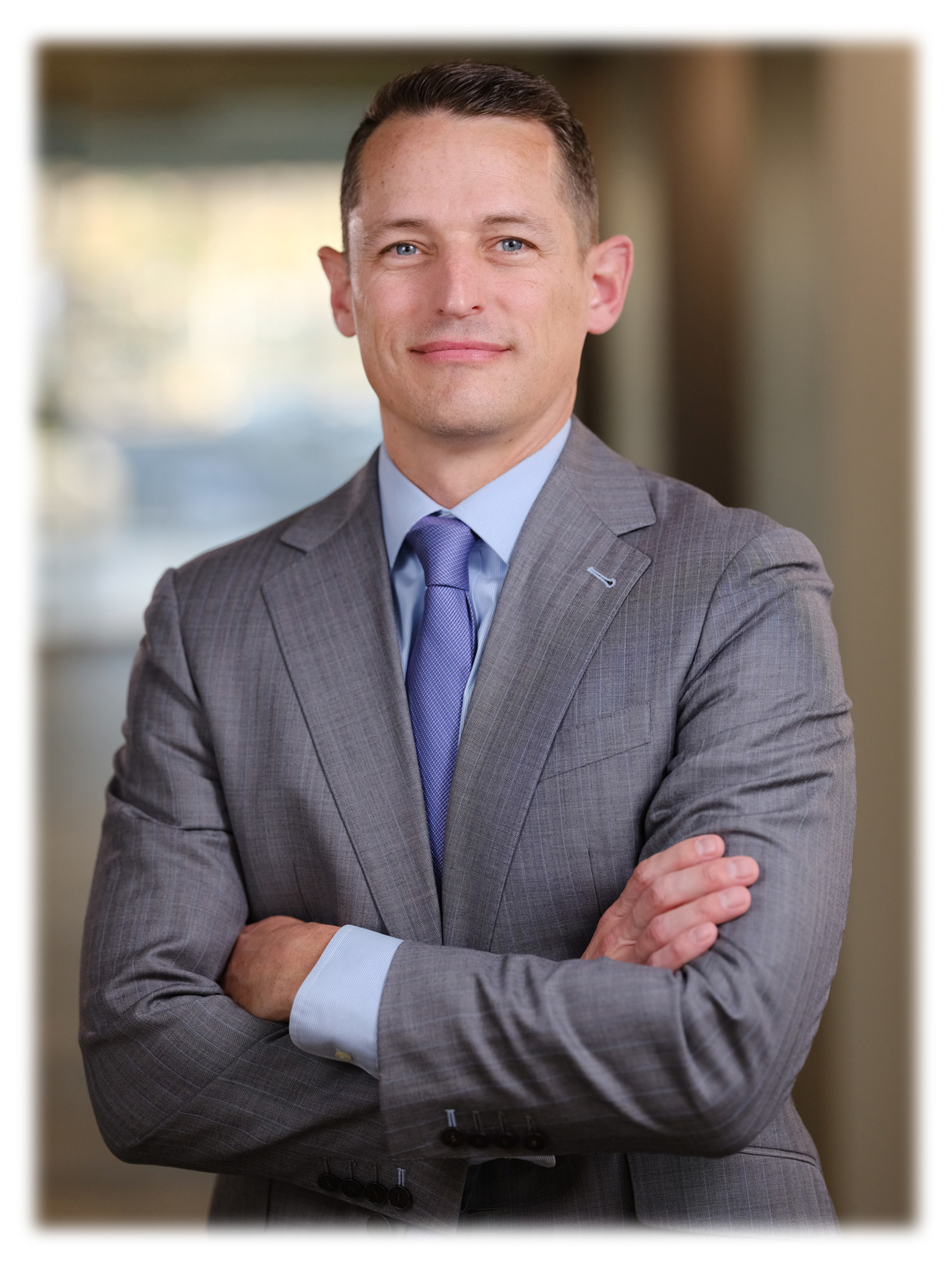What exactly is a LASIK flap?
The LASIK flap is a thin, circular “flap” of corneal tissue that is created during LASIK (Laser-Assisted In Situ Keratomileusis) eye surgery, which is a common refractive procedure designed to correct vision problems such as myopia (nearsightedness), hyperopia (farsightedness), and astigmatism. The cornea, the clear front surface of the eye, is composed of several layers. The LASIK flap your surgeon will create involves the outermost layer known as the epithelium and a portion of the underlying stromal tissue.

In the LASIK surgery process, what role does the LASIK flap play?
The LASIK flap is created as an access point for the surgeon to reshape the corneal stroma (deeper layer) with an excimer laser, which corrects vision by altering the eye’s focusing power. The flap is hinged on one side, allowing it to be lifted and folded back to expose the underlying corneal tissue for the laser to gently reshape the cornea and correct the prescription. The flap is then replaced and it remains in position without sutures and heals overnight.
The flap allows for rapid recovery of the the vision after the procedure. Usually within hours the vision is clear. PRK is very similar to LASIK where a laser is used to reshape the corneal stroma. During PRK, the corneal epthelium is gently removed, the cornea is reshaped with a laser and then the corneal eptihelium is allowed to heal over the next few days. The epithelium grows back a little “bumpy” and it takes weeks to months to fully smooth and for visual clarity to return. The flap is the reason why the visual recovery with LASIK is so rapid and why LASIK is the procedure of choice for most patients and refractive surgeons.
How is the LASIK flap created during surgery?
The LASIK flap is created with a femtosecond laser. This is a computer-guided infrared laser with microscopic precision to create a perfectly circular flap of exact depth in the cornea. The creation of the flap usually takes only a matter of seconds to complete. It is called femtosecond since each energy pulse from the laser lasts only femtoseconds in duration. There are one thousand trillion femtoseconds in one single second. The advent of femtosecond lasers has made the flap creation for LASIK much more predictable and safe.
In the past LASIK flaps were created with an oscillating microkeratome blade. This technique has been shown safe in millions of cases. With a blade, the depth and size are not as predictable as a laser. Microkeratomes also had rare side effects of button holes and free caps. These side effects are essentially not seen with modern femtosecond lasers.
Are you ready to take the next step in your vision journey?
Is the LASIK Flap FDA Approved and safe?
LASIK using a flap has been FDA approved since 1998 and is the most studied procedure on the human body. Over the last 20 years, the collective knowledge learned has made every aspect of LASIK safer and better. Refractive surgeons are ophthalmologists who specilize in LASIK. In a recent study, refractive surgeons were noted to commonly choose to have LASIK themselves. Even more commonly than the average consumer. (https://pubmed.ncbi.nlm.nih.gov/26603390/)
Does creating the flap hurt?
No. We use special eyedrops that numb your eye before surgery, so you won’t feel any pain during the creation of the flap or during your whole procedure for that matter.
What does the healing process of the LASIK flap entail?
Healing after LASIK is straighfoward and rapid. Be careful, not to rub your eyes, use the drops presribed by your surgeon and make sure to attend your follow up visits. The corneal epithelium heals the edge of the flap overnight and after the first 24 hours, the flap is completely sealed and protected.
Will I need stitches to close my LASIK flap?
No, patients won’t need stitches for their flap. The flap heals overnight as the corneal epithelium seals the flap in place within hours. After the first 24 hours, the flap is sealed closed and will not move out of position.
Does my flap ever totally heal?
Yes. The corneal epithelium heals over the flap completely almost overnight. The epithelium completely seals over the lower layer of the flap. Fortunately the corneal stroma (lower layer) does not scar and remains clear. It is possible to lift the flap again in the future with special instruments, but it will not move or lift up on its own after the first 24 hours of healing.
Which factors affect the healing of the LASIK flap?
Dryness and inflammation can slow the proper healing of a LASIK flap on your cornea. Use preservative free dry eye drops often and the anti-inflammatory and anti-biotic drops presribed. This decreases the risk for an infection, and reduces the natural inflammatory response your body will have after a surgical procedure on your cornea.
How long does it typically take for the LASIK flap to heal?
Within 24 hours the corneal epithelium is sealed over the LASIK flap. There is mild swelling of the flap that is eliminated over the next few days to one week. After the first week, the flap is essentially fully healed, although the rate of healing is unique to every person.
What precautions are recommended after LASIK surgery to ensure proper healing of the flap?
No eye rubbing. 2. Use dry eye drops and prescribed anti-inflammatory and antibiotic eye drops. 3. Make sure to attend your follow up visits.
Can the LASIK flap become dislodged, and how common is this?
If a sharp object hits your cornea, it is going to hurt and potentially cause damage whether you have a LASIK flap or not. If you do have a LASIK flap, a sharp object may potentially lift the edge of the flap. If this happens, no need to fear. You will need to see an ophthalmologist who will apply numbing drops, clean the flap edge and replace it, allowing it to heal properly. This is a very rare side effect of trauma. Usually the results after repair are very good.
Can routine activities like rubbing my eyes affect the position of the LASIK flap?
Only during the first 24 hours after your LASIK procedure. After that, the epithelium heals completely over the flap and seals it in position. We recommend no eye rubbing at any point after LASIK simply to protect the integrity of the cornea. Chronic eye rubbing can reduce the strength of the cornea and lead to keratoconus.
Can playing contact sports or other activities like water skiing dislodge it?
The LASIK flap can only be dislodged with sharp trauma to the cornea. Contact sports and water sports such as water skiing should be avoided for at least one week after LASIK. After one week, it is safe to particiapte in sports activities.
What is the long-term outlook for patients with a LASIK flap?
Excellent. We routinely see patients who had LASIK over 20 years ago with older technology and yet the flap still looks pristine and clear without any untoward side effects. We can assume that with our modern technology, the future will be even better for our patients.
Schedule a LASIK Consultation Today
The long-term outlook for LASIK itself is great. Our patients always say, “I wish I hadn’t waited this long to get it.” We also hear their experience of shedding their contacts and glasses is life-changing. We love hearing these reports. If you want to see if you are a candidate for LASIK, call us at 801-876-6000 or book an appointment online.

